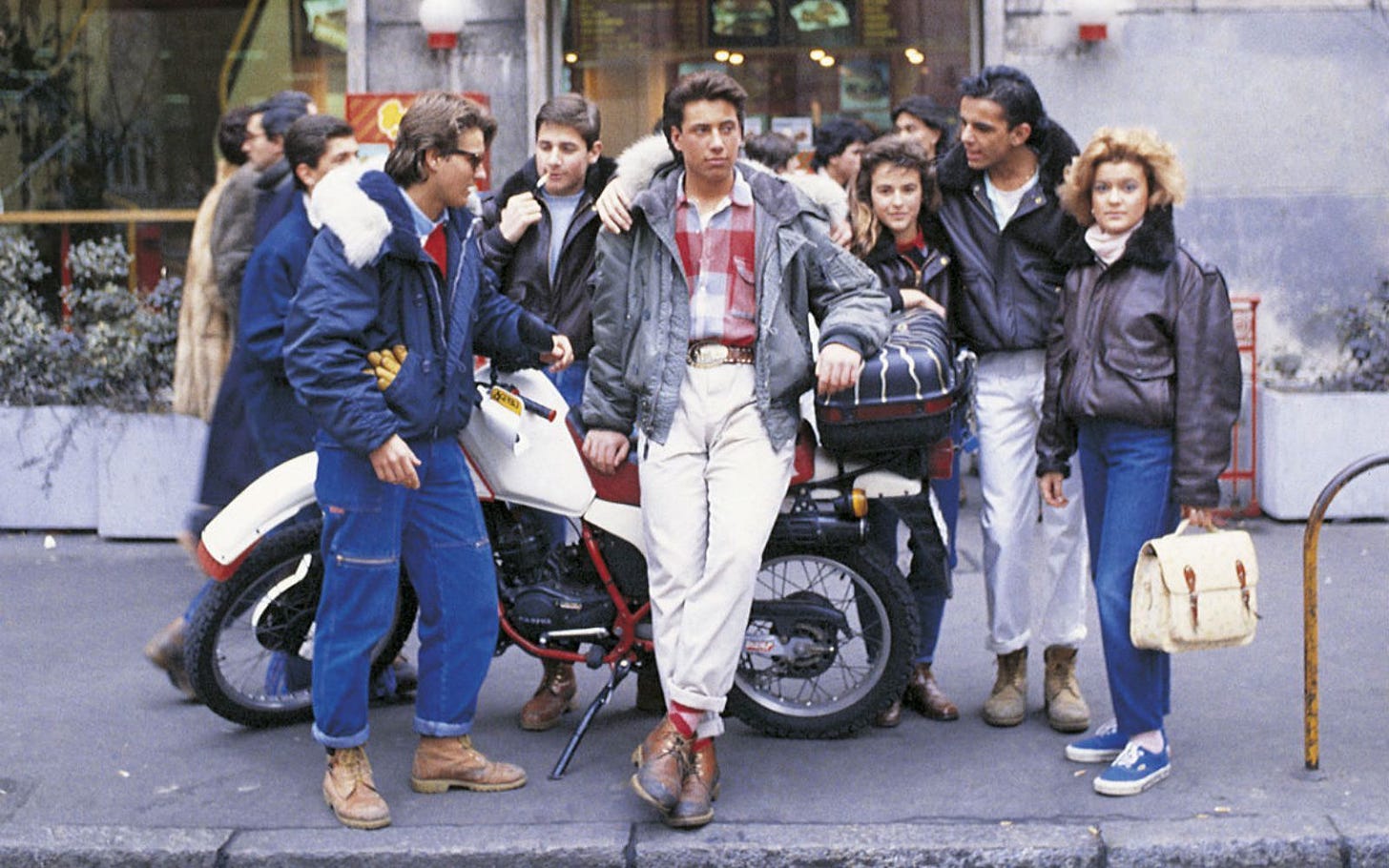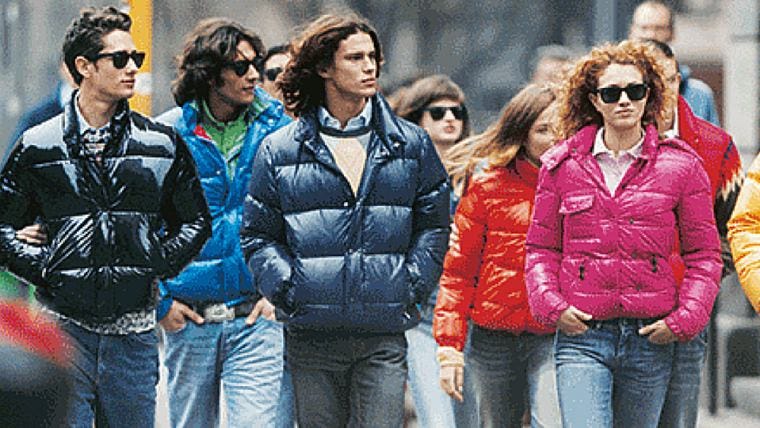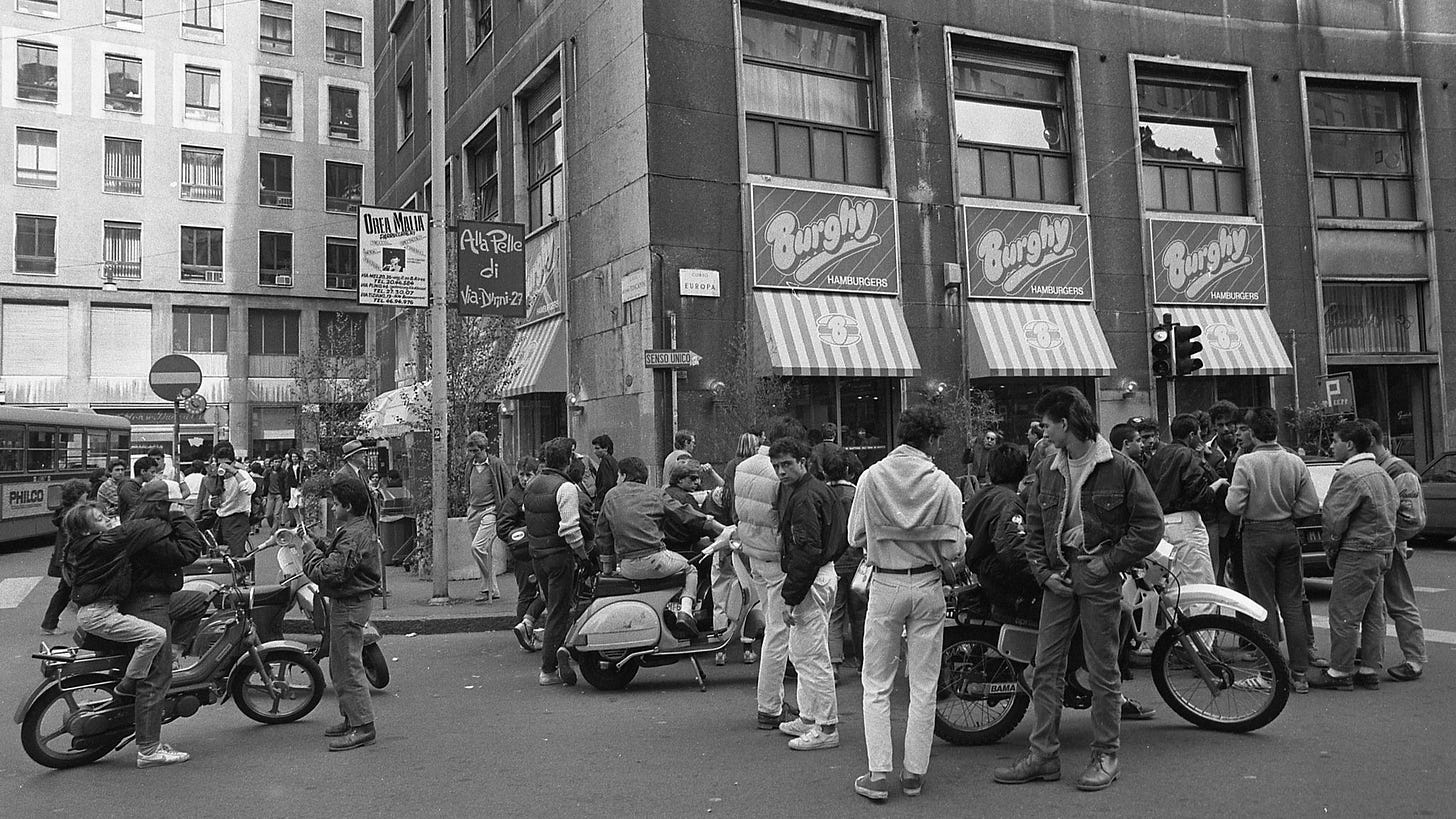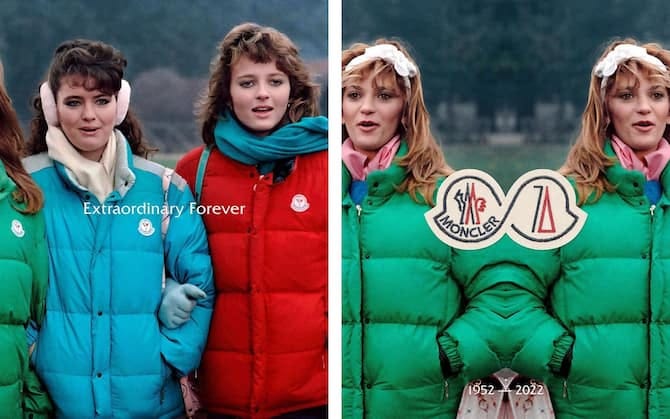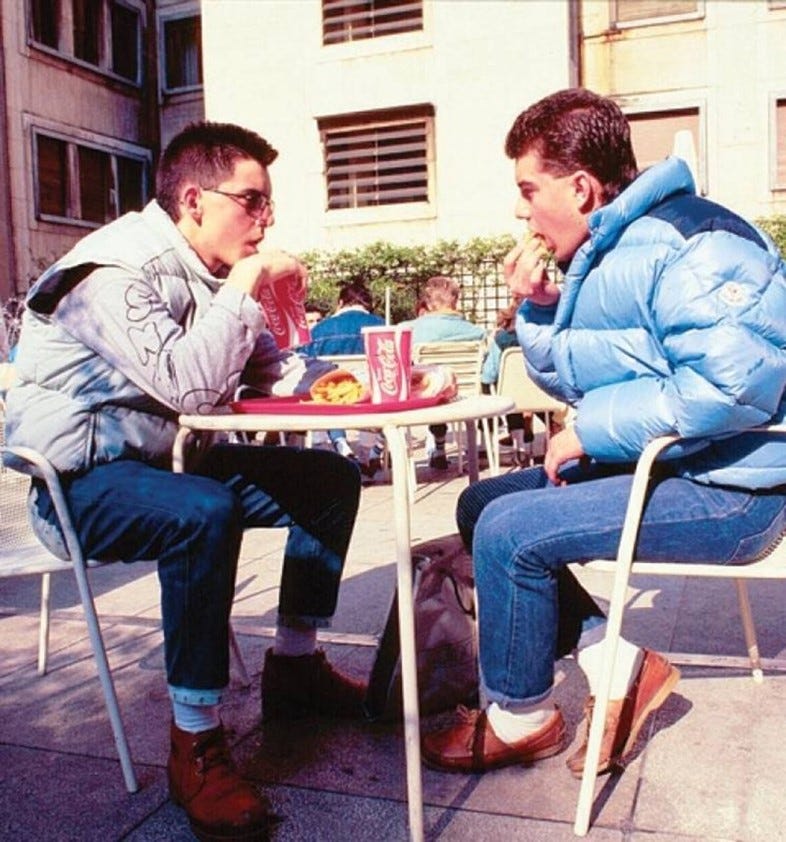Sprezzatura is defined as "a certain nonchalance, so as to conceal all art and make whatever one does or says appear to be without effort and almost without any thought about it.” Seemingly antithetical to the very manicured, deliberate aesthetic that usually characterizes luxury brands, the sprezzatura of the 1980s Italian youth was redefining luxury without even knowing it. The Paninari were a young Milanese subculture that hung out in sandwich shops around the city and were characterized by their love for designer labels, easily identifiable by their colorful, puffy coats paired with more western style elements. Echoing a similar obsession with brands and product as modern day hypebeasts, Paninari were an original cultural phenomenon whose mark quickly became global and has long tail influence on today’s subcultures and how we engage with brands.
While the origin of the subculture was Cafê Paninaro (hence the name), a central meeting spot in Milan, the group later moved to Piazza San Babila, the site of new fast food chains which got the group obsessed with cheeseburgers. Fast food culture clashed with the European tradition of leisurely cuisine in a subversive way. Like cuisine, the group incorporated some transatlantic elements, but their interpretation was uniquely Italian. The Paninari were often equipped in Levis 501s, Stone Island Sweats, Timberland boots, and most importantly, a Moncler puffer jacket. The group was part of the Milanese bourgeois that sought to create new identities in the wake of the larger societal issues of the 1980s by leaning into the emerging hyper-consumerism of open market policies. They were affluent young adults that listened to American pop music on their Walkmans, donned bright status symbols like Swatches and Ray-Bans, and loitered around fast-food restaurants in search of the best panini. Their influence spread across Italy and became widely covered across style publications. Culminating in the ultimate stamp of approval and immortalizing the subculture, The Pet Shop Boys released a song called Paninaro.
Once of the biggest lasting impacts of the Paninari is the nonchalant approach to luxury. We see this change even throughout the media that we consume. In the 2020s on Instagram, the casual, seemingly effortless ‘photo dump’ of posting a carousel of multiple unfiltered images has replaced the highly edited singular photo post. This concept of Sprezzatura laid the foundation for luxury collaborations with other brands. In true Paninari fashion, no one is executing luxury collaborations like Moncler. Moncler started the Genius Collection “to create and share new energy with new communities, while going beyond the conventions of the fashion sector and collaborating with extraordinary talents” as per Moncler CEO Remo Ruffini. The result is an array of collaborations with some of the most topical and talented designers in the world, striking a perfect balance between branding and function. Between Moncler x Palm Angels or Moncler x Thom Browne, the brand is keeping the magic of Paninari alive by being engrained into so many ecosystems including music. The key to maintaining brand relevance is the interplay between honoring your heritage and pushing the boundaries of design. When executed properly, the result is something that stands the test of time.
Most modern brand marketing relies heavily on nostalgia, particularly youth. Adult life often robs people of youthful exuberance and one of the most effective ways to keep that alive is through clothing. You can never buy back time, but you buy an homage to the past that evokes a similar emotion. There is an Italian saying ‘Dolce Far Niente’ which translates to the ‘beauty of doing nothing.’ The Paninari embraced this idea all while looking effortlessly cool.



